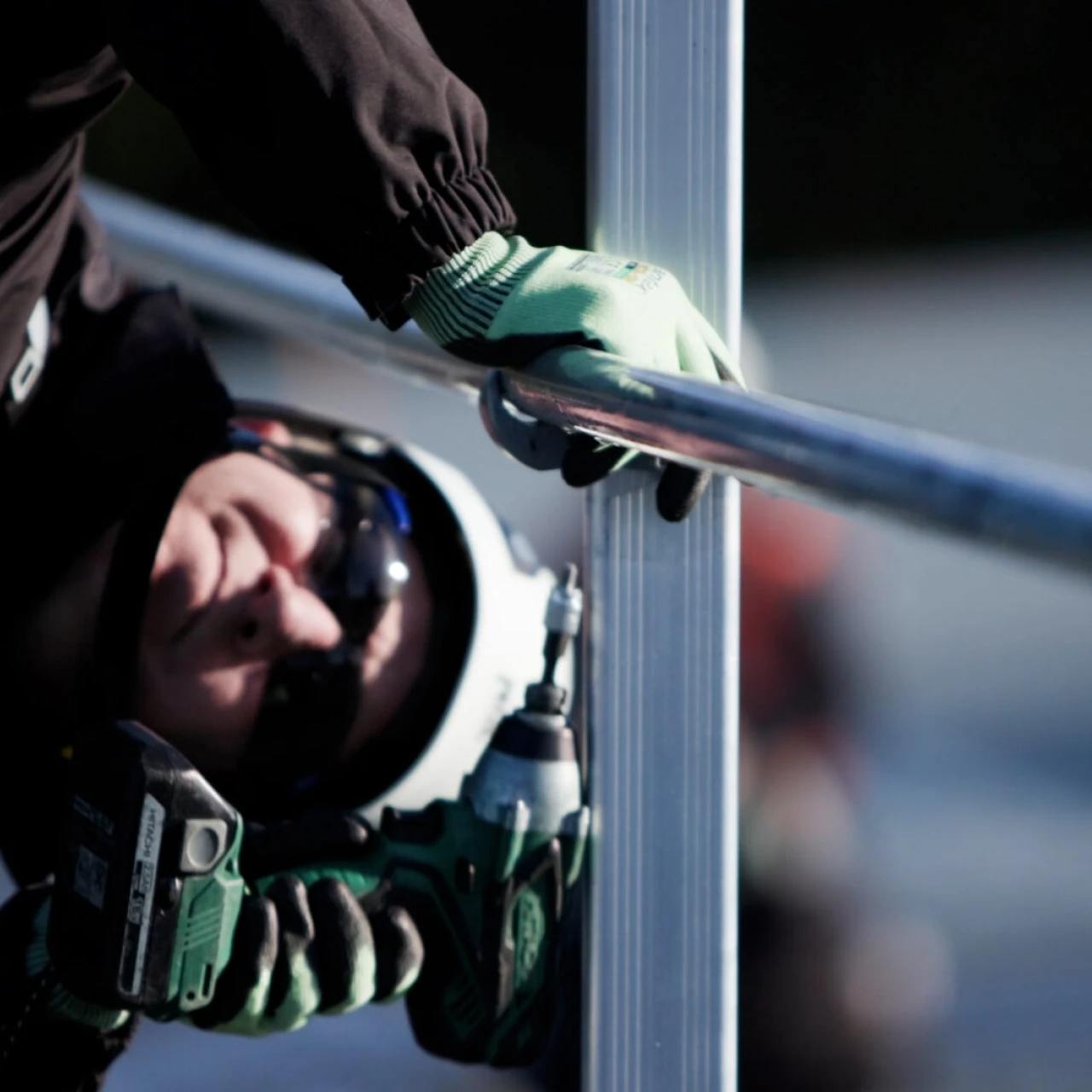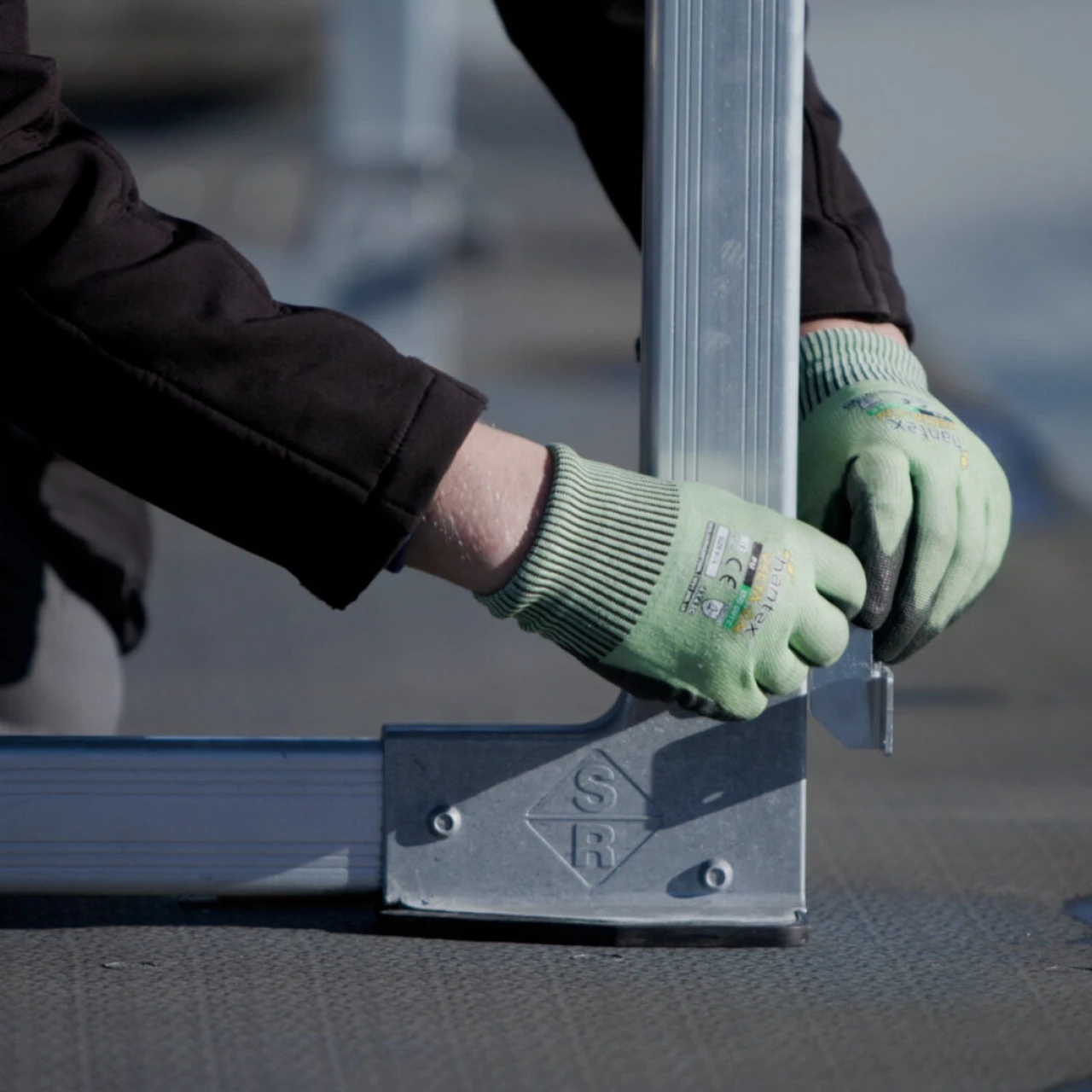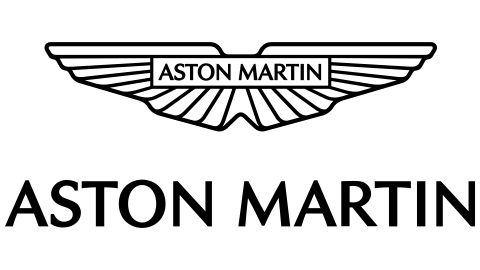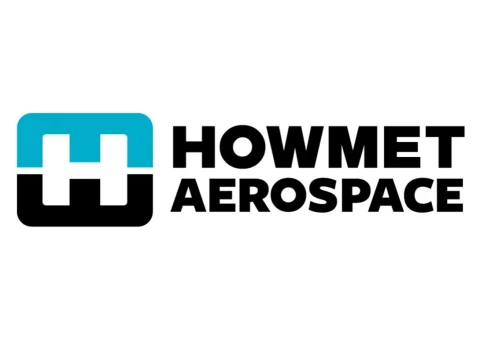

- Knowledge Base
- Blog
- Collective Edge Protection Standards - EN 13374 vs BS 13700
Collective Edge Protection Standards - EN 13374 vs BS 13700
EN 13374 and BS 13700 are two widely recognised standards that regulate the use of collective edge protection systems in areas where operatives are required to work at height.
Both standards were developed to ensure the safety of workers who are required to work near fall hazards, but they differ in terms of their scope, requirements, and application. In this article, we will compare the EN 13374 standard against the BS 13700 standard and highlight their similarities and differences.
Scope
The EN 13374 standard, which is a European standard, sets out the requirements for temporary edge protection systems on construction sites, including guardrails, barriers, and other systems designed to prevent falls from height. The standard applies to all temporary edge protection systems used in the construction industry in Europe. Many different types of guardrails are covered in this standard including counterbalanced freestanding systems, this standard also includes a range of fixed systems, however, the emphasis is placed on the temporary use of these products.
The BS 13700 standard, on the other hand, is a British standard that provides guidelines for the design and installation of counterbalanced freestanding edge protection systems installed as a permanent solution to provide safe access to areas where operatives need to carry out activities at height. The standard applies to all types of buildings and structures in the UK, including new and existing buildings.
Requirements
Both standards specify the requirements for the design, installation, and use of edge protection systems, including guardrails, barriers, and other systems designed to prevent falls from height. However, they differ in terms of the specific requirements and recommendations.
The EN 13374 standard is aimed at systems designed to be used in a temporary application during a construction process and therefore the installed product is unlikely to be in position for prolonged periods. The system may be dismantled and assembled several times to suit the phasing of works and therefore each component must be identifiable as part of an EN 13374-compliant system to ensure only compatible parts are used. Once the construction works have been completed, the systems are removed from the site and if future access to that area is required, a permanent solution is left in place for the ongoing access and maintenance of the building.
Different classes of the system can be applied depending on the roof pitch, these temporary guardrails can be installed on roof areas with an incline of up to 60° in certain circumstances.
The BS 13700 standard is applicable purely to Permanent Counterbalanced Guardrail Systems and therefore these systems are likely to be in position for the lifespan of the building and designed to provide safe access for all future maintenance activities required at the roof level. The maximum roof pitch that a permanent freestanding guardrail system can be installed is 5°.
Due to the permanent nature of these guardrails, they need to be designed to withstand more onerous wind loading conditions than a temporary system and the design of the system must take into account the wind conditions for the exact location and height of the roof level where the systems are installed.
Wind loading calculations must also take into account a worst-case scenario based on the Maximum Velocity Pressure for that particular location. This means that the system must be designed to factor in a 1 in 25-year event, or 1 in 50-year event depending on the given lifespan of the product. This can result in more frequent stanchion spacings or, additional weights on the stanchions to ensure it is not affected by these wind conditions.
Both types of systems should only be designed, installed, and inspected by trained and competent persons to ensure the effectiveness of edge protection.
Conclusion
Both EN 13374 and BS 13700 provide important guidelines for the design, installation, and use of collective edge protection systems. The main emphasis is on whether the system is designed to provide temporary, or permanent access to the work area. While there are differences in their scope, requirements, and implementation, both standards emphasize the importance of worker safety and the need for effective edge protection systems to prevent falls from height. Organisations should carefully consider the requirements of each standard and choose the one that best meets their needs and objectives.



















